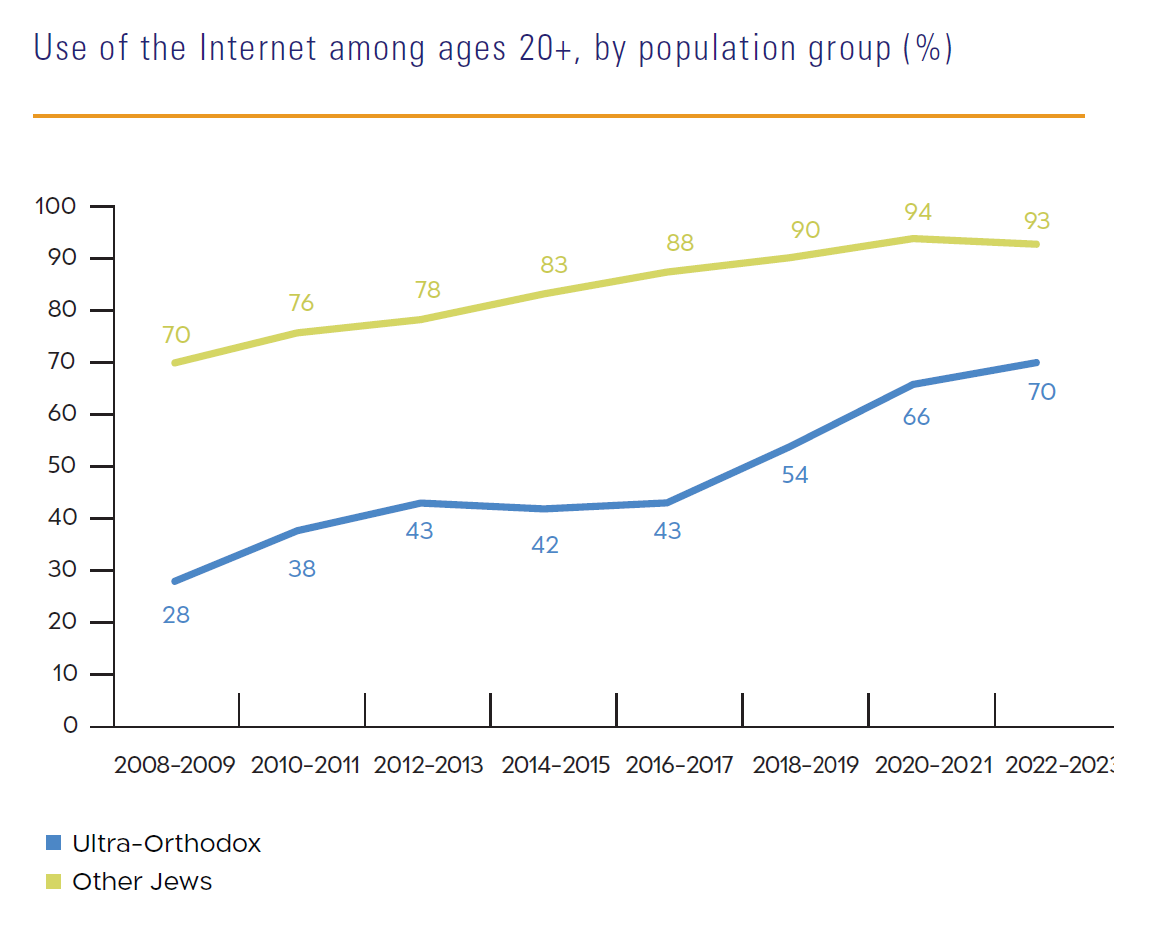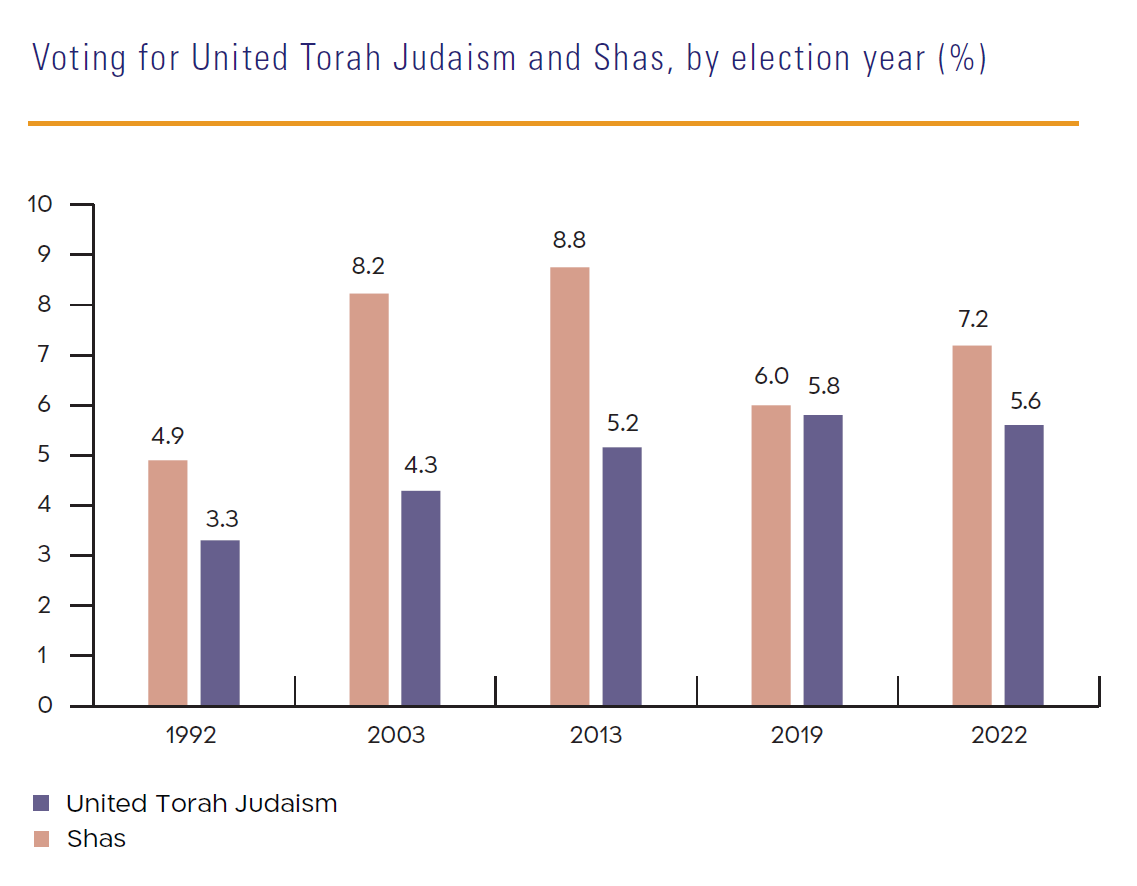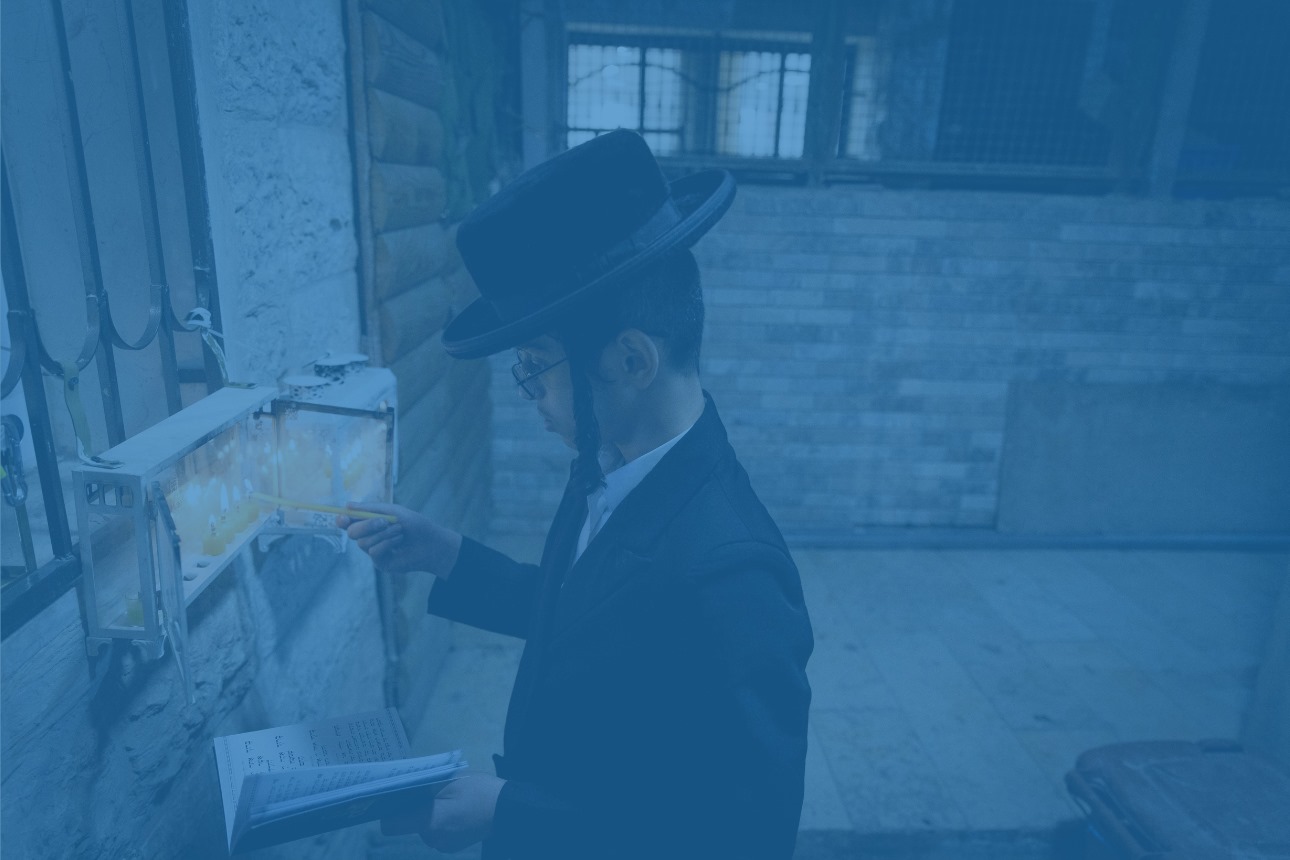Lifestyles
Chap. 5
Lifestyles in the ultra-Orthodox community are in constant flux, and serve as a good source for understanding the relations between ultra-Orthodox society and the general Israeli society. Regarding military service and national civilian service, for example, recent years have seen a decline in participation among the ultra- Orthodox—in 2022, only 1,266 ultra-Orthodox men entered military service, and just 814 entered national civilian service. On the other hand, when it comes to internet usage, the gaps between the ultra-Orthodox and the rest of the Israeli public have narrowed, with 70% of the ultra-Orthodox and 93% of other Jews reporting that they are regular internet users. Similarly, there has been a rise in the share of ultra-Orthodox Israelis with access to a motor vehicle and of those who have a driver's license. In light of the increased ultra-Orthodox participation in these activities, it can be stated that the trend towards social and economic integration of ultra-Orthodox society into general society is gaining strength.

Over the past decade, the growing numbers of ultra-Orthodox Israelis in higher education and the growing numbers of women who are employed, are generating greater disposable income, awareness of consumer and leisure culture, and a modern discourse among the growing middle class in ultra- Orthodox society. The communal and social characteristics of the Haredi sector find expression in volunteer activity (40% of the ultra-Orthodox volunteer, as compared with 23% of other Jews) and in making major financial contributions to the community (89% of the ultra-Orthodox ages 20 and over versus 61% of other Jews). Note that the data do not account for the rise in volunteerism seen following the October 7, 2023, attack.
We also analyzed voting patterns for the United Torah Judaism and Shas electoral lists in Knesset elections, which are indicative of the political power of the ultra- Orthodox parties, the geographical distribution of the ultra-Orthodox public in Israel, and the internal composition of the population residing in locales with heavy concentrations of Haredim. Between 1992 and 2022, the overall share of the vote gained by Shas and United Torah Judaism rose from 8.2% to 14.1%. In addition, there has been a change in the geographical distribution of voters for these lists, reflected in the growing population of the ultra-Orthodox satellite cities and the decline of Jerusalem and Bnei Brak.












